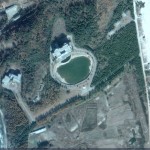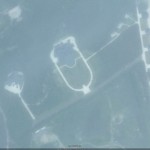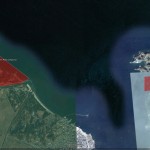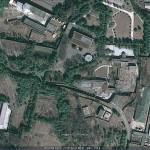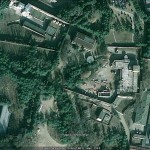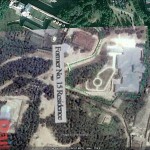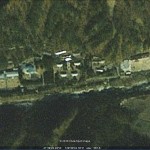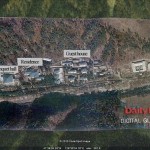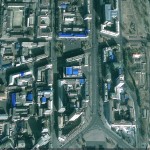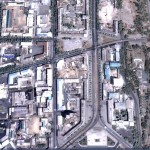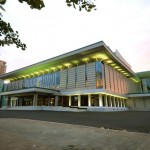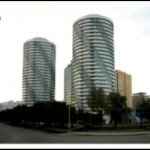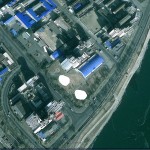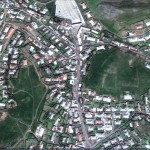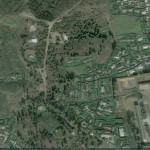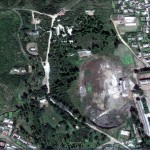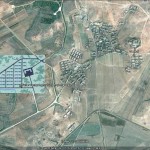Institute for Far Eastern Studies (IFES)
NK Brief No. 10-11-13-1
11/13/2010
The construction cost for six inter-Korean cooperative industrial parks like the Kaesong Industrial Complex would carry a construction bill of 44 billion Won. According to “Analysis of Examples of Inter-Korean Cooperation in the Construction Field and the Direction of Industrial Park Development within North Korea,” a recent report by the Construction Economy Research Institute of Korea, “Promotion of the North Korean construction market by the [South Korean] construction industry would not only increase the limited demand for the South Korean construction [field], but will also provide new growth to our economy.”
According to the report, there has been almost no cooperative construction project within the construction field since 1988. On the other hand, tourism, industrial parks, physical fitness and religious projects have provided opportunities for construction companies. These projects generally call for construction equipment, materials, technicians and designs from South Korea, and land, labor, aggregate, etc. from the North. If six industrial parks on the same scale as the KIC were to be built, it would cost 43.09 billion Won. Of this, 4.07 billion won would cover government costs, while the actual cost of construction would be 39.02 billion won.
If the KIC, currently undergoing the first phase of construction, were to complete all three phases of the original plan, the 19.9 square-kilometer complex would house 2,000 businesses. The research institute calls for the completion of phases 2 and 3 in the KIC, as well as the construction of industrial parks at Rajin-Sonbong, Sinuiju, Haeju, Nampo, and Wonsan.
Rajin-Sonbong and Sinuiju are both ‘Free Economic Trade Zones’, and as special administrative zones, they offer large-scale industrial plots in an effort to attract foreign capital. In addition, it was agreed at the second inter-Korean summit, in October 2007, that Haeju would be developed. Furthermore, a light-industrial complex in Nampo, on the West Sea, and a heavy and chemical industry in Wonsan have been established.
The industrial zones, however, constitute only part of the construction demand. Roads and rails connecting the complexes, port facilities, power generation plants, cities to support production workers, and other derivative projects would also need to be constructed. In other words, the building of an industrial zone would lead to significant peripheral construction demand, as well.
Assuming that inter-Korean tensions were eased and North Korea decided to open itself up to the South, if construction on the six industrial zones could begin by the middle of next year, it is expected that they could all be completed by 2021. In addition, the construction and operation of the six zones could provide the impetus for quickly improving the North Korean economy, while also boosting the importance of South Korea to the North’s economy.
In order to see this accomplished, the research institute found that the government needs to boost activity in the KIC; expand the distribution network between the KIC, Kimpo, and Kangwa; guarantee free management authority in the KIC; iron out customs and transportation procedures; ensure a steady supply of North Korean laborers; and strengthen the ties between the KIC and North Korea’s domestic economy.
If, in the future, North Korea is to open its doors to cooperation, it is expected that foreign companies will also participate. Therefore, when considering long-term profits, it is necessary to spur interest in North Korea’s construction market. The research institute suggested that it was also necessary to construct a training center to teach North Korean construction workers the technical skills needed to ensure maximum potential.

